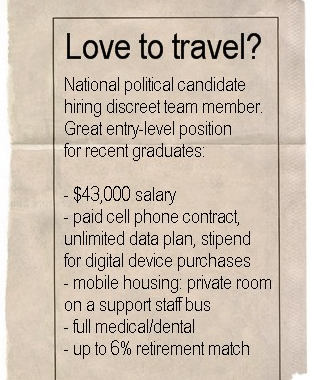This position piece was a response to a Learning & Leading prompt, submitted April 9, 2012:
While many teachers have been introduced to “the flip” via the video lessons of pioneers, video is just one example of an evolving flipped teaching sensibility. Flipping is the act of identifying rote or procedural elements of a lesson, shifting this repetitive content to a medium not bound by teacher availability, and empowering students to take an active role in their education.
Flipping is a natural compliment to a 21st century learning environment. The teacher moves through the roles of manager, coach, facilitator & mentor. Class time is spent exploring, discovering, succeeding and sometimes failing. Students work on project-based work and collaborate as appropriate to share information and successes. When a common vocabulary or foundational concept is required, the teacher (or students) can choose how to provide that information in a way that is archived for future reference.
Flipped instruction today is defined by a teacher’s willingness to help students learn how/when they see fit, release control of the classroom experience, and engage in a process of finding the best way to reach and respond to students individually. The appropriate medium to convey information beyond class (videos, podcasts, worksheets, books, articles, etc) is selected based on content, community needs & teaching style.
Critics of flipped instruction suggest that the concept is about shifting bad lecture to an unresponsive, technology-dependent format. This argument focuses on a narrow definition of flipping taken out of context of the learning community it was designed for. Successful educators use the flipped model as one of an array of tools to support students – often employing a number of communication media (email, IM, bulletin boards, blogs learning management systems) to create a culture of information sharing within a cohort.
Flipped content allows viewers to control the content they interact with, the time it is engaged, and the speed at which it is consumed. It is essential to note that this content typically focuses on the lower-order thinking skills in Bloom’s Taxonomy: leaving class time for application, analysis & evaluation. Students can access content during study hall, library-time, electives, homeroom, class free-time or from home.
Khan Academy is not, and has never, served as a model of flipping – KA video tutorials are a library of academic concepts & quizzes that might be used to support a flipped classroom. The term “flipped teaching” merely highlights a method of untangling student learning opportunity from teacher availability. The flipped opportunity is the prospect that an educator can move beyond the mechanics of content-delivery to the art of teaching.
Flipping is not a dummy-proof solution to education. Anyone seeking such a goal discounts the devotion and expertise that teachers bring to a classroom day after day, year after year. Whether to flip or not is no longer a relevant question. With 21st century learning, a more apropos question is, “What can our community accomplish in the classroom if everyone has, or has the ability to obtain, a foundation of understanding from which to succeed?”

